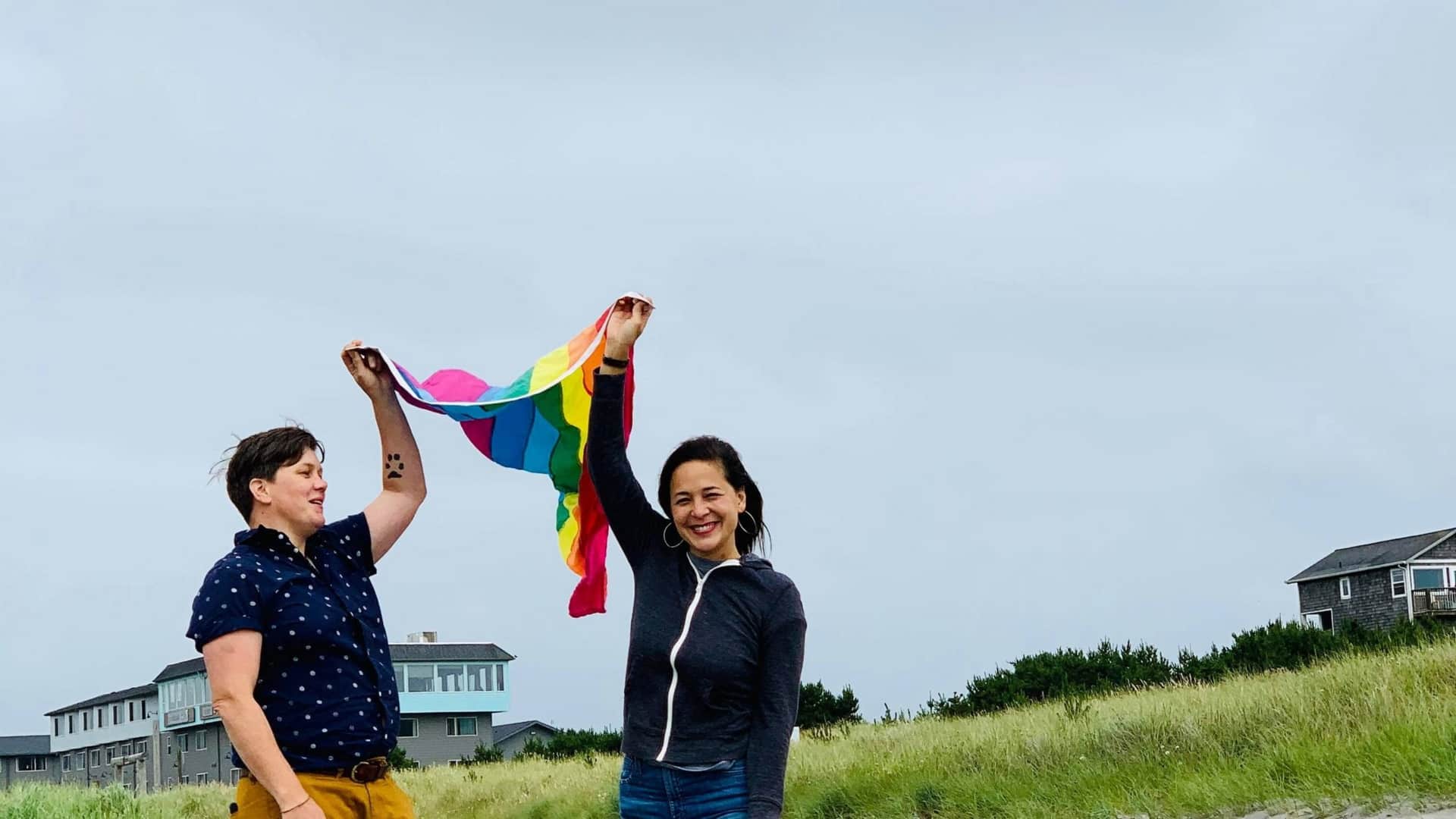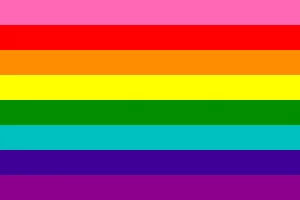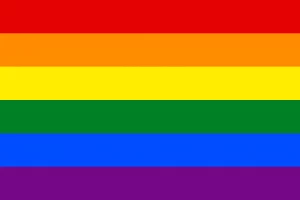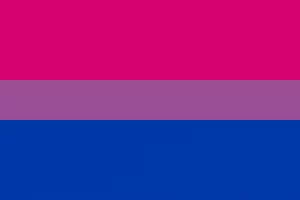Every June is Pride Month – a time for those in the LGBTQ+ community to come together and celebrate the progress that has been made, as well as reflect on the tumultuous history and suffering they have experienced. Read on to learn about the history of the Pride Flag, and what different groups have as their representation.
A Brief History of Pride Flags
Gilbert Baker, born in 1951 & raised in Parsons, KS, had served in the US Army between 1970 & 1972. After an honorable discharge, Baker taught himself how to sew. In 1974, Baker met Harvey Milk, an influential gay leader, who later challenged Baker to devise a symbol of pride for the gay community. The original gay pride flags flew at the San Francisco Gay Freedom Day Parade celebration on June 25, 1978. Prior to that event, the pink triangle had been used as a symbol for the LGBT community, despite representing a dark chapter in the history of homosexuality. The pink triangle had historically been used to identify & stigmatize men interned as homosexuals in World War II. Rather than relying on a tool of oppression, the community sought a new, inspiring, symbol.
A close friend of Baker’s, independent filmmaker Arthur J Bressan Jr., pressured him to create a new symbol at “the dawn of a new gay consciousness & freedom”. According to a profile published in the Bay Area Reporter in 1955, Baker “chose the rainbow motif because of its associations with the hippie movement of the Sixties, but he notes that the use of the design dates all the way back to Ancient Egypt”.
While there has been speculation that Baker was inspired by the Judy Garland song “Over the Rainbow”, when asked, Baker said that it was “more about the Rolling Stones and their song ‘She’s a Rainbow’”. Baker was likely influenced by the “Flag of the Races” (with five horizontal stripes: red, white, brown, yellow, and black), popular among the World Peace and Hippie movement of the 1960s.
The first rainbow flags commissioned by the fledgling Pride committee were produced by a team that included artist Lynn Segerblom. Segerblom was then known as Faerie Argyle Rainbow; according to her, she created the original dyeing process for the flags. Thirty volunteers hand-dyed and stitched the first two flags for the parade.










